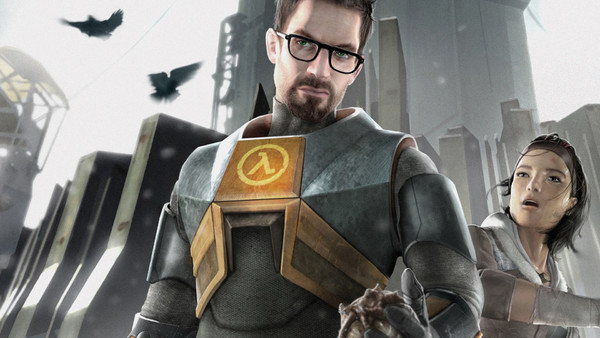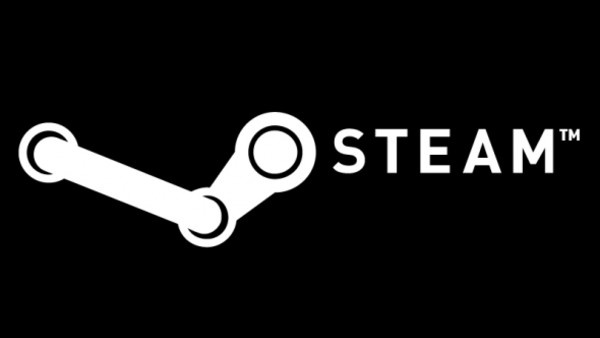How Half-Life Broke First-Person Gaming Shooters Forever
A Developer Rocketed To Super-Stardom

Through a combination of new innovations, a higher focus on story and its breathless pacing, tremendous critical and commercial acclaim was bestowed on Valve after the game's release. This would continue into nearly every single one of their subsequent releases.
From 1998 onwards, Valve was considered a force to be reckoned with in the PC space, but the developer went the extra mile from here on.
Rather than resting on their laurels or taking advantage of their cultivated fanbase, the studio continued to ascend, wanting to improve and expand on what Half-Life had done. The environmental manipulation evolved into the Source Engine, which was integrated alongside Havok physics to produce the Gravity Gun alongside effective puzzles.
The platforming that drew some criticism morphed into vehicle sections that drastically expanded the scale of Half-Life 2's levels. The solid artificial intelligence on both allies and enemies alike was also carried through, maintaining the punch of the franchise's combat model.

Their overall attitude and approach to development also continued. Valve had some trouble making Half-Life and for its sequel, the developer was hacked. The source code for an early version of HL2 spread throughout the web. Yet despite these heavy setbacks alongside a falling out with their publisher, Valve kept pushing forwards along with their franchises.
Eventually Half-Life would lead the charge in launching the Steam platform, which has since gone on to become the biggest titan of purchasing PC games among countless other features.